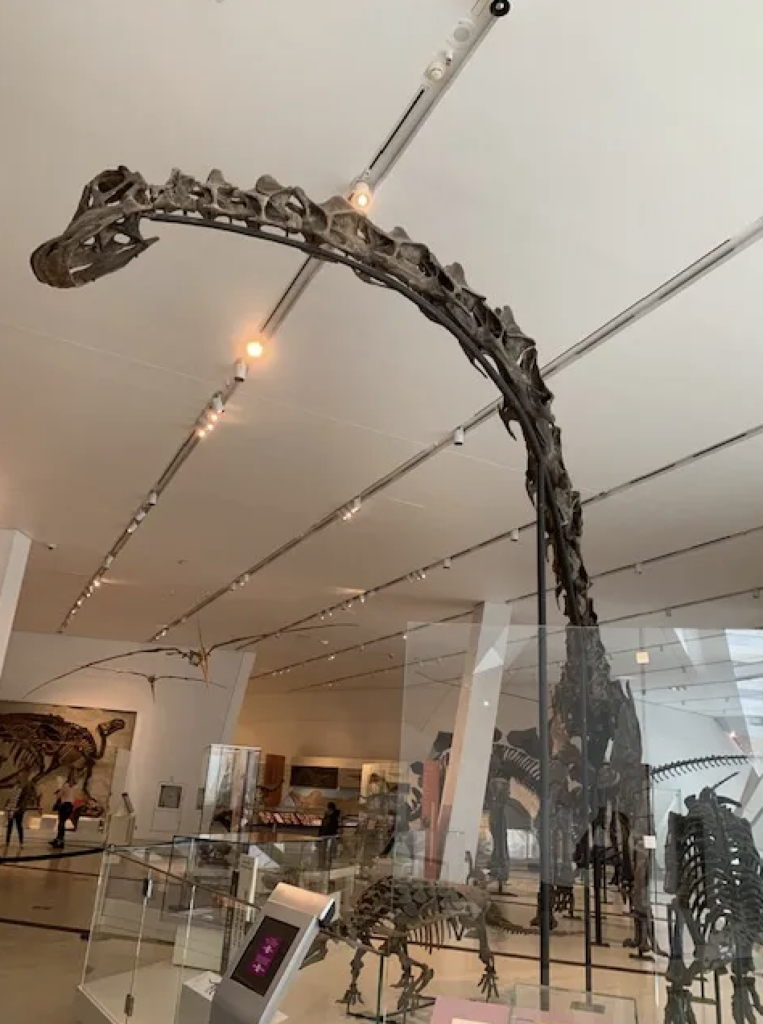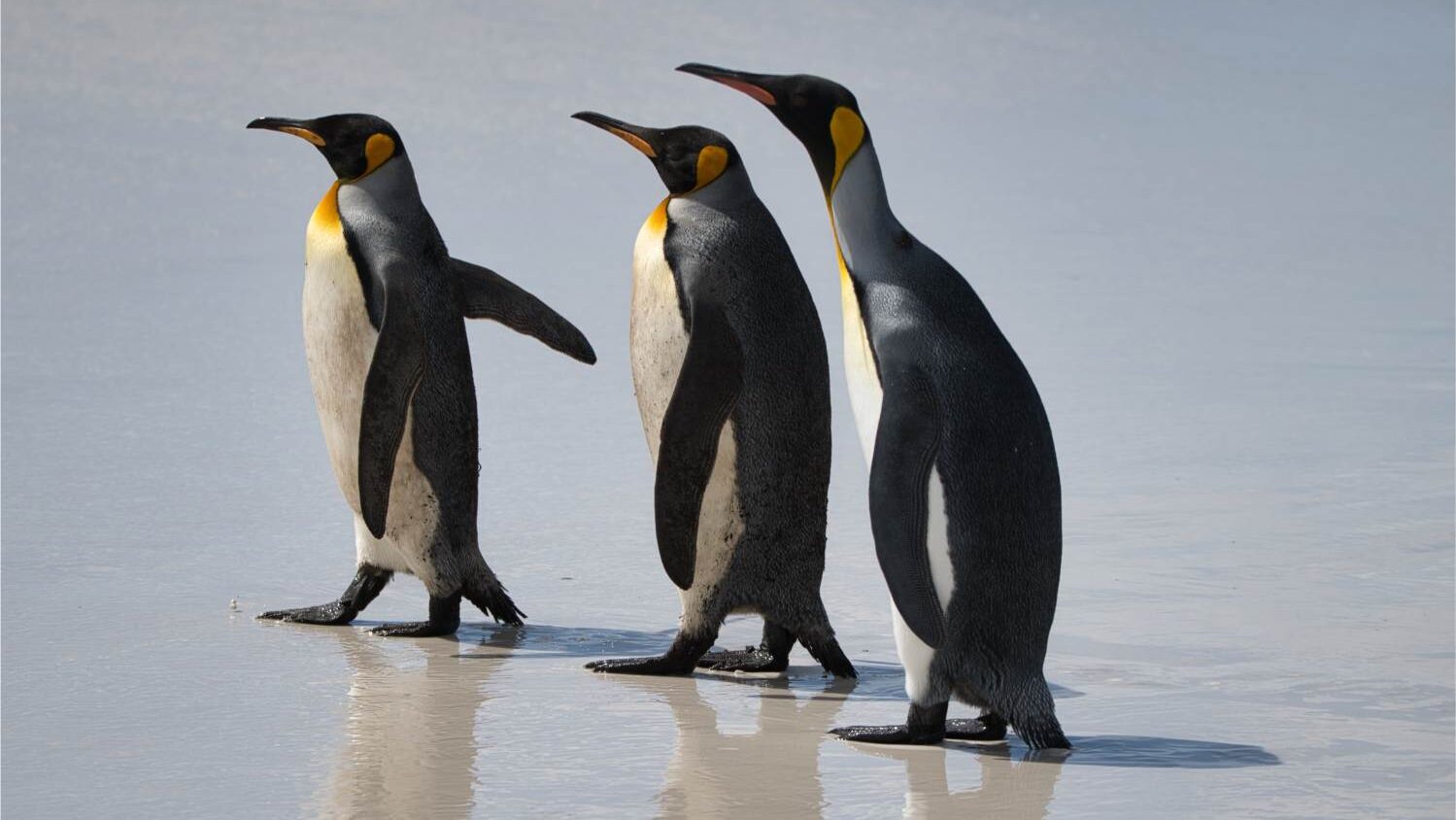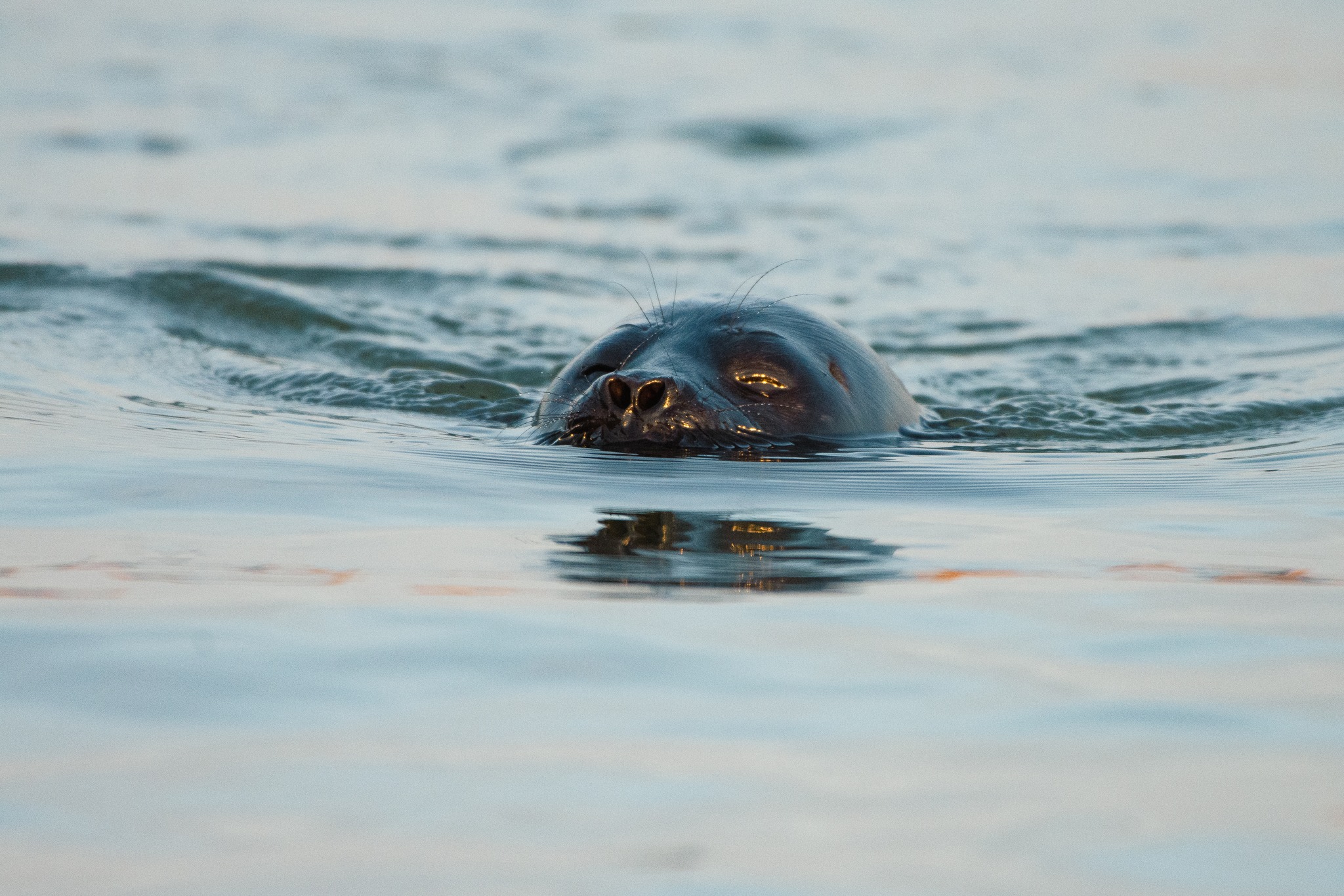The work of artists, such as Hungarian-Canadian natural history illustrator Julius T. Csotonyi, has contributed a lot to our understanding of the time long before homo sapiens. They’ve helped us imagine the discoveries of palaeontologists in their original condition and surroundings. For example, the presence of feathers in some fossilized dinosaurs has allowed us to know their colours, which are then applied to illustrations. Intact collections of bones clarify their sizes and postures.
Visits to scholarly institutions like The Field Museum in Chicago and the ROM in Toronto can really bring discovered fossils to life, though. One’s imagination runs wild when you see FMNH PR 2081 (A.K.A. “Sue”) or ROM 3670 (nickname “Gordo”) looming above you, at lengths as large as twenty-seven metres and heights as high as four metres.

Become a subscriber to continue reading!
Every week we bring you news from the community and exclusive columns. We're relying on your support to keep going and invite you to subscribe.
Starting from $2.30 per week.



